|
Japan has amazing islands and I suggest anyone travelling to this beautiful country to take the time to travel to at least one. For the most part, they are extremely easy to access and usually require less than $10 USD for a round trip ticket.
Itsukushima/ Miajima:
An island located in close proximity to Hiroshima, Miyajima is a World Heritage Site and is considered one of the most beautiful islands to visit in Japan. When approaching the island, you will no doubt observe the large orange wooden structure in front of the island. This is the great Torii at the Itsukushima shrine. The shrine itself is a wooden structure that has several areas for prayer within it.
One of the first things you’ll notice when getting off the boat is that the deer are very friendly. Too friendly. The deer will literally walk right up to you and start eating anything on your person that is within reach- sometimes even things that aren’t edible like shirts, towels, plastic plates- I saw all of these things. It was kind of amusing to watch the Japanese pull non-edible stuff out of the mouths of the deer.
There are a lot things for tourists to do on the island, including eating just about any form of seafood you can think of in stick form. On this island is a large electric gondola ride that takes you to the top of the island, but I decided to walk along the beach and go over to a local park instead. On my way to the boat to leave the island, I noticed that the tide had come down enough to actually walk up to the Torii so I did.
Naoshima:
When I was staying at the hostel in Okayama, I met a very nice Japanese hair stylist from Tokyo by the name of Tomoyo who told me about two islands within close proximity that contained a large amount of art museums and installations. She describes visiting them as ‘her lifelong dream.’ Naturally, I tagged along! Any person that cares even slightly about art or design needs to visit Naoshima at least once in their lives. There’s a lot to see and the bus line is not very frequent so my suggestion is to get their early and to rent an electric bike. It only costs a few dollars more and is extremely useful on the hills. Also, there is a hostel here that costs like $20 a night. I had already booked a hostel in Okayama- bad idea! I highly suggest you book the hostel here and spend the night on the island like my friend Tomoyo. The island is so dark, quiet, and peaceful- you’re gonna want to stay there overnight.
The island contained many other art structures throughout, including Pumpkin sculptures byYayoi Kusama. Unfortunately, I was asked not to take pictures inside most of the structures and thus can only share images that I found online. Nevertheless, the feeling I experienced within these structures is one unlike anything I have experienced before. Most of them made me want to be in them- rather than a structure merely as a place to shield me from the elements, Ando generates a place that welcomes its visitors and invites them to venture within.
Ando Museum: the Ando Museum is a museum that not only educates its audience about Tadao Ando, the great Japanese architect, it was also designed by him. Well, not completely designed by him. The museum is actually a modified structure that originated as a wooden house to which Ando added new concrete structures. Ando’s design method is very geometrical and utilitarian. With my relatively limited knowledge of modern design and architecture, I would compare his works to something likeFrank Lloyd Wright.
Chichu Art Museum: also designed by Ando. The Chichu Art Museum is one of the most beautiful structures I have ever had the experience of walking inside. Located cleverly on the hillside, the museum seamlessly blends with its natural landscape- almost unobservable from the outside. Inside are large geometrical corridors and rooms made from pure concrete, often without edges. Within the museum are a few really fascinating exhibits
The Benesse House and Museum, again designed by Ando, contained many modern art pieces. Including Bruce Nauman’s “100 Live and Die” (1984) among others. Once again, worth visiting just for the architecture alone- the art pieces are an added bonus. This is also a hotel/ resort- all you gotta do is pony up like $500 a night or something crazy like that.
Les Archives du Coeur by Christian Boltanski (2008) is an exhibit based on human heartbeats. Within the exhibit, visitors are allowed the listen to various heartbeats from people all around the world. In addition, visitors are invited to ‘donate’ their heartbeat for the archive by recording it in a special booth. Also within the building is an art installation that is unlike anything I’ve ever experienced. First, we are asked to walk through a door that leads us to a dark hallway. Within the hallway, at a very high volume, are the sounds of beating hearts. At the end of the hallway, is another hallway extending to our left. The hallway to our left is completely black with one exception, in the middle of the room is a strobe light which turns on and off with the sound of the beating heart. The hallway extends several feet and has other visitors in it. As you step into the corridor, you are completely encompassed by your surroundings. I don’t know if you’ve ever heard only the sound of a beating heart in unison with a strobe light within an enclosed space before, but something about it grabs a very ancient and instinctual part of your psyche and forces you to be hyper focused on everything going on around you. Walking through the corridor, having people come at you within the strobe light is truly a once in a lifetime experience.
The Honmura Art House Project is a series of exhibits scattered throughout the island that display various visions created to encompass the viewer by inviting them into physical structures designed and controlled by the artist. I have included a list of sites below, be sure to click the link for the Honmura Art House Project and scroll down to see information about each individual piece:
Teshima:
Another; however, much smaller, art island adjacent to Naoshima. Teshima contains the Teshima Art Museum (architect: Ryue Nishizawa, Artist: Rei Naito) which is little more than a concrete structure located on a hill located next to some beautiful rice terraces. The structure is a breathtaking display of concrete work. Its spherical base of the structure, combined with the concrete design, make a seamless, almost organic enclosure. The structure has no ‘walls’ or ‘ceiling’ so to speak, but rather a continuous structure that eventually opens up to two small opening on opposite sides overhead. Every movement, every sound created within the structure is heard throughout the entire structure due to the acoustics as a consequence of its design- everyone in here walks very lightly (once again, shoes are off). In the background, a gun goes off at certain time intervals and the sounds can be heard reverberating through the structure- a violent disruption to the otherwise completely serene experience. By our feet is a series of very small holes through which water gradually emerges and then flows into puddles. These puddles then grow into larger puddles which then flow and merge with even large puddles. In here, we watch the water emerge and flow for several hours- I even took a nap. The building, the water, the weather, the company, the people meditating- amazing!
(A funny aside: I saw some dude walk in here that was clearly a westerner- looked European but I cannot be sure. Anyway, so I watch this dude walk in and I can see it on his face that he doesn’t get it. He just has this look like ‘I just paid 10 bucks to get into the ‘art museum’ and this is it one structure with some water. I watched him walk up to the puddle and look at it confusingly. His look of confusion turned into one of disbelief and the slight disappointment. Then, after standing there for about a minute, he turned around and walked out. I couldn’t help but laugh.)
The Teshima Yokoo House is the result of collaboration between artist Tadanori Yokoo and architectYuko Nagayama. Walking in, one immediately notices the impact of the all red windows on the appearance of the inside of the structure. Outside, the garden contains structures that are mostly red. Inside a second room, the river that flows through the garden can be seen underneath the glass floor. There is a silo associated with the building that you can enter. Inside, you are surrounded by pictures of the water around Japan from floor to ceiling- since you are in a cylindrical chamber, the pictures seem to continuously flow into one another.
Later, when I visited Tokyo, I met up with Tomoyo at her hair salon and she gave me a very handsome Japanese style haircut!
I'll close out with an art installation of my own. I am fascinated by piles of rusty metal, rotted wood, and old junk in general, so I took pictures of junk around Teshima and Naoshima.
7 Comments
2/14/2019 02:06:24 am
Thank you for the listing on your web page. You have a good looking web site.
Reply
Leave a Reply. |
Science /ˈsīəns/
|

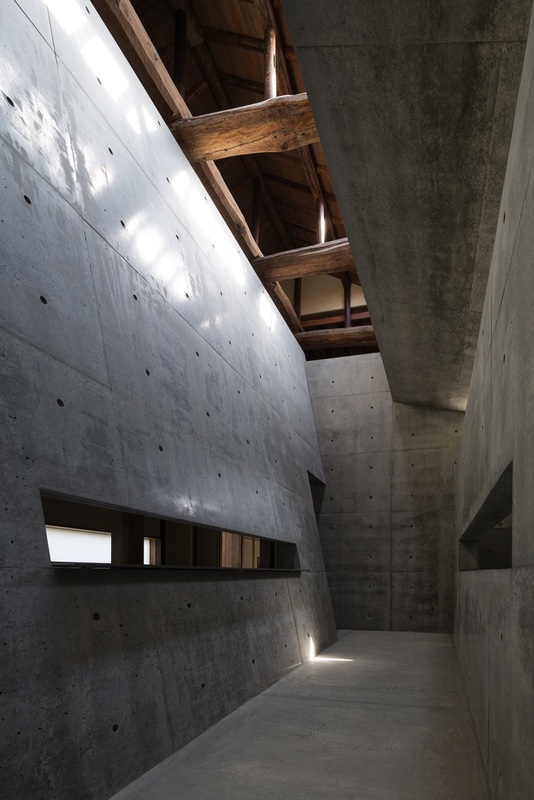
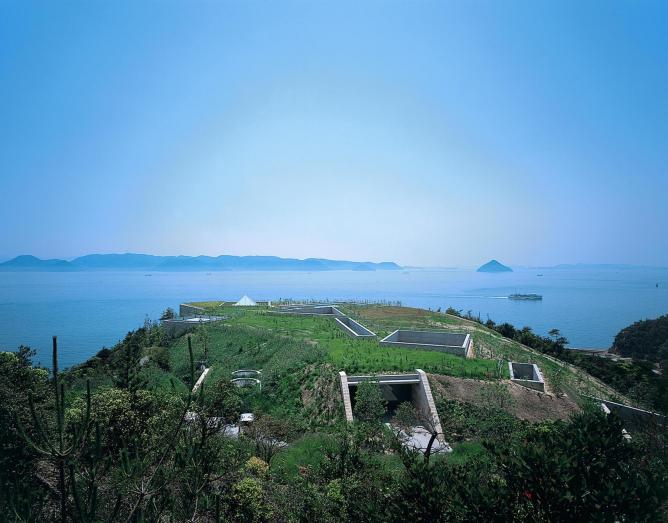
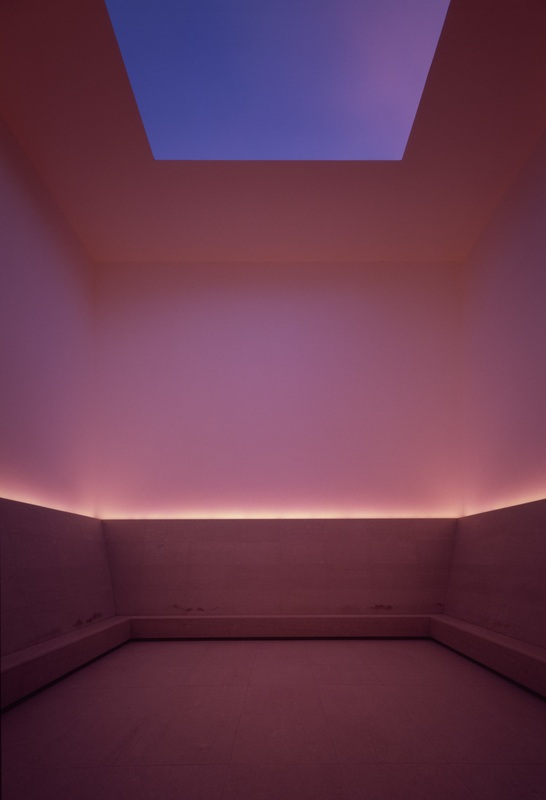
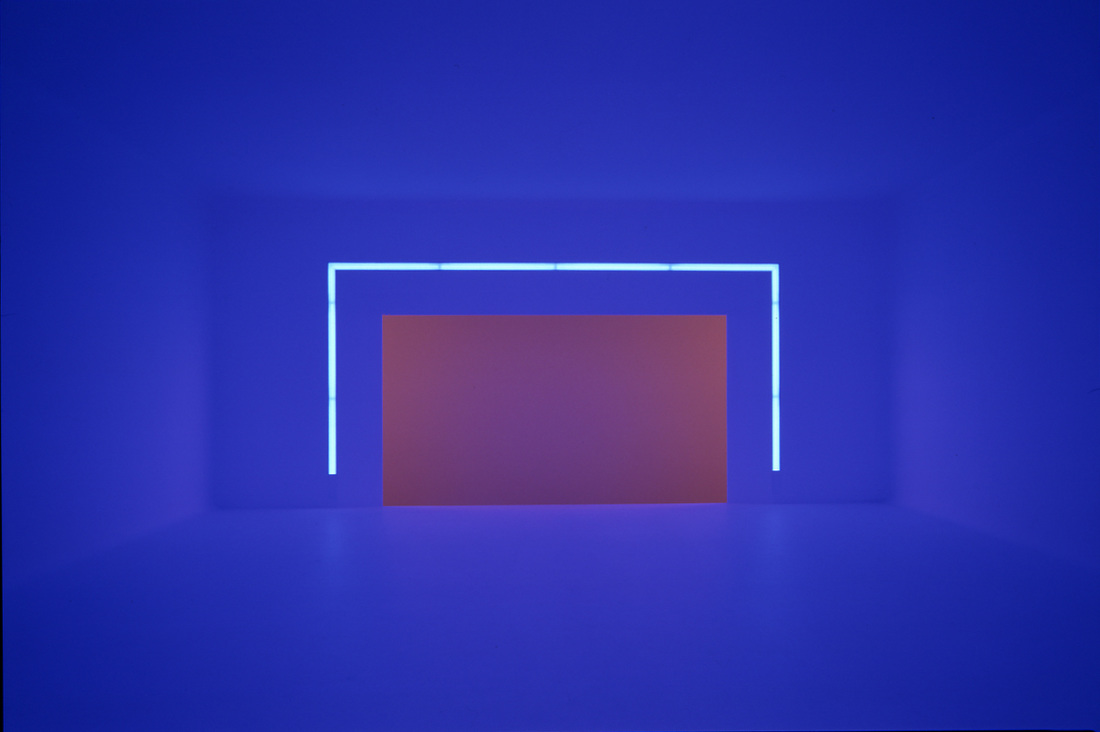
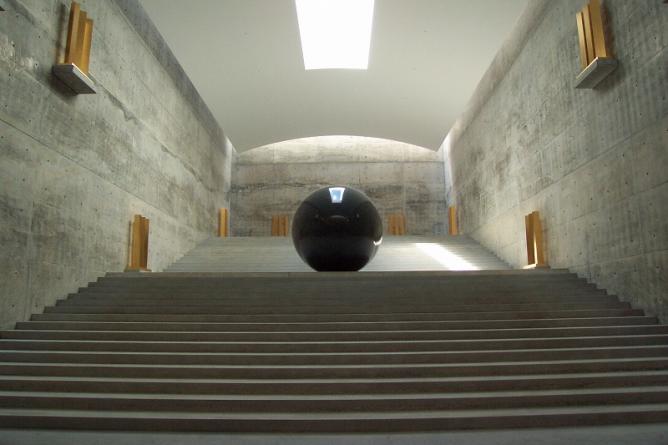
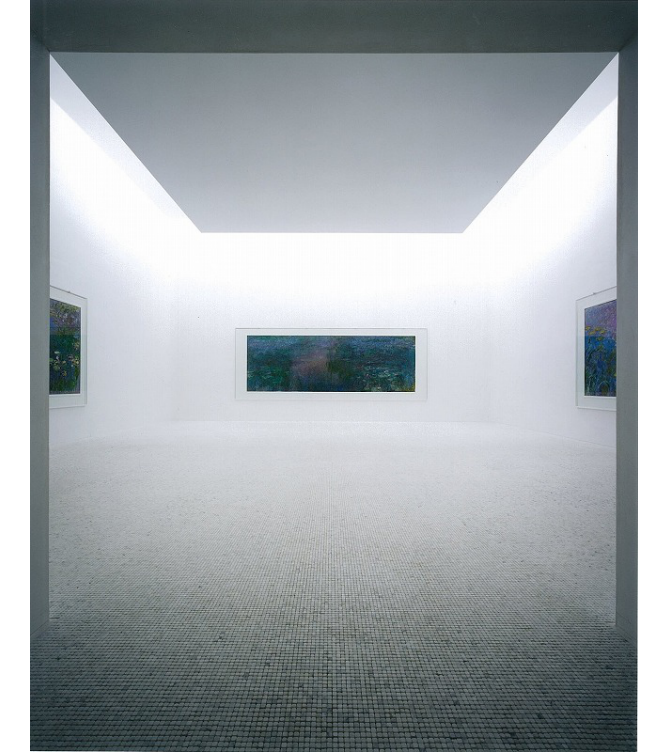
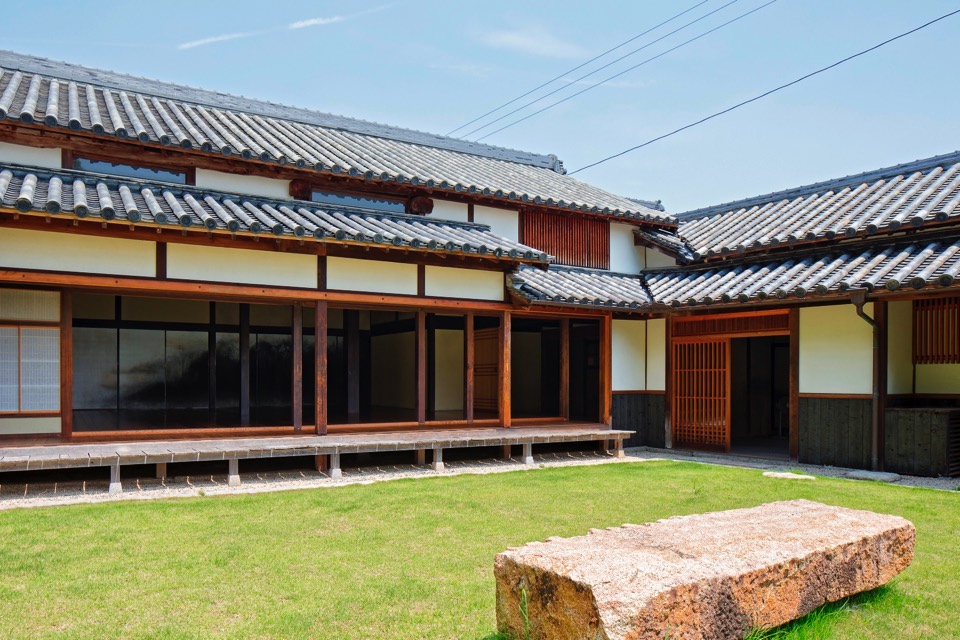
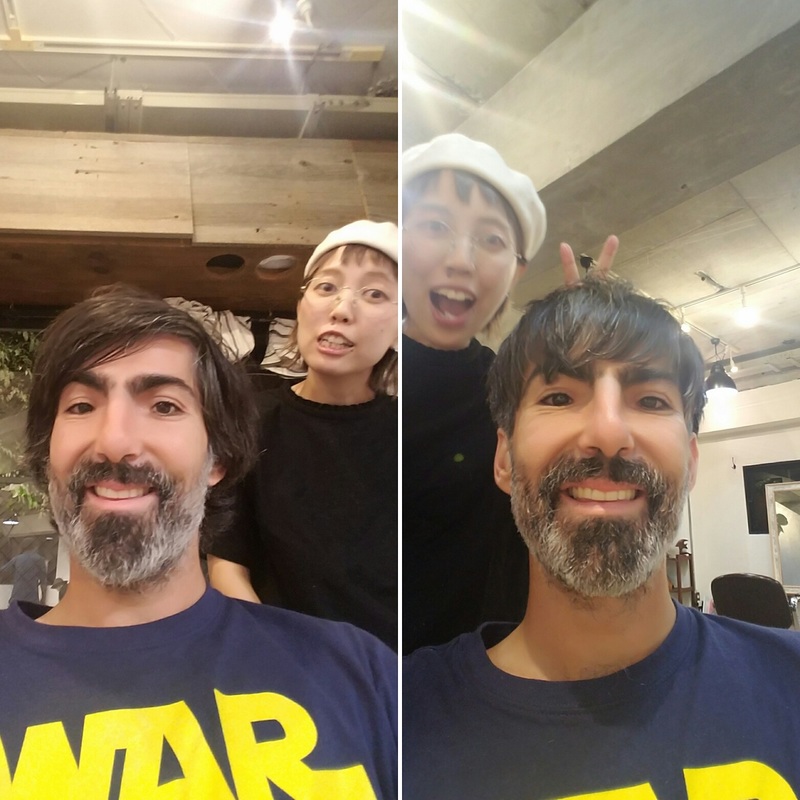
 RSS Feed
RSS Feed